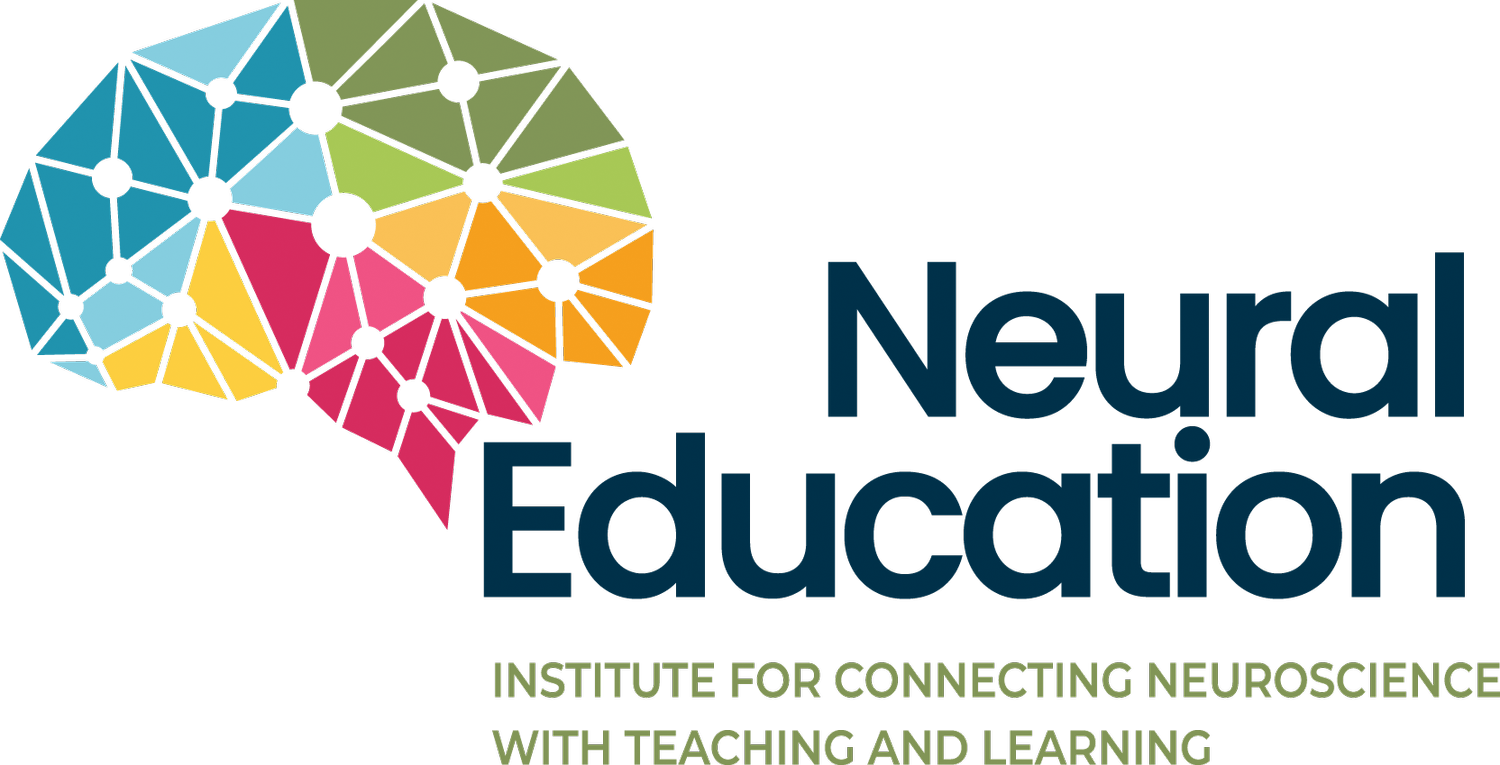Embracing a Growth Mindset Through Neuroplasticity
Dr. Jo Boaler’s Limitless Mind explores neuroplasticity—our brain’s ability to change and grow. Adopting a growth mindset, which asserts that abilities and intelligence develop through effort and learning, is vital for building resilience. We can all form new neural connections and intentionally myelinate neural pathways of resilience.
One of our most powerful tools as educators is our belief in our students. Communicating this belief is crucial for building self-efficacy. Until students believe in themselves, they can borrow our confidence in their potential. Teacher efficacy can act as a surrogate for their self-belief.
Actionable Steps:
Model Growth Mindset: Demonstrate a growth mindset in daily interactions. Share learning processes and value effort over fixed abilities.
Feedback and Praise: Focus encouragement on effort, strategies, and progress. Avoid reinforcing a fixed mindset by celebrating innate intelligence.
Communicate Belief: Regularly express genuine belief in each student’s and staff member’s ability to grow and succeed. Understand individual preferences for praise to cultivate a safe growth environment.
Cultivating Cultures of Growth: Research-Based Practices
Dr. Mary C. Murphy’s research in Cultures of Growth emphasizes creating environments that support resilience and growth. A well-developed culture of growth is one where we feel safe, supported, encouraged, and expected to take risks and learn from them.
Actionable Steps for Classrooms:
Co-Create a Safe Learning Environment: Develop agreements that support constructive feedback and celebrate mistakes as learning opportunities.
Collaborate in Learning: Embrace the roles of students and instructors as co-learners, modeling and encouraging team support.
Actionable Steps for Schools:
Professional Development: Focus on all-school understandings and implementations of a growth mindset.
Supportive Leadership: Foster growth mindset in all areas, beginning with the staff, celebrating growth, effort, and teamwork.
Actionable Steps for Homes:
Parent “Growth Meets”: Offer workshops to help families understand and cultivate a growth mindset at home.
Family Activities: Promote family events like reading nights, science experiment nights, or resilience Olympics to model growth culture.
The Journey Toward Authentic Resilience
To cultivate resilience in our students, staff, and families, we must first invest in our well-being. Prioritizing movement, practicing nervous system resets, embracing a growth mindset, and fostering a culture of growth are essential steps.
When we prioritize our own resilience, we create a ripple effect that touches everyone in our educational and personal communities. Our dedication to collective care, awareness, and lifelong growth demonstrates that resilience is not just a concept but a daily practice. By nurturing ourselves during this growth journey, we empower others to do the same, fostering transformational change that supports everyone in fulfilling their potential and bringing their best to learning, teaching, and leading.
